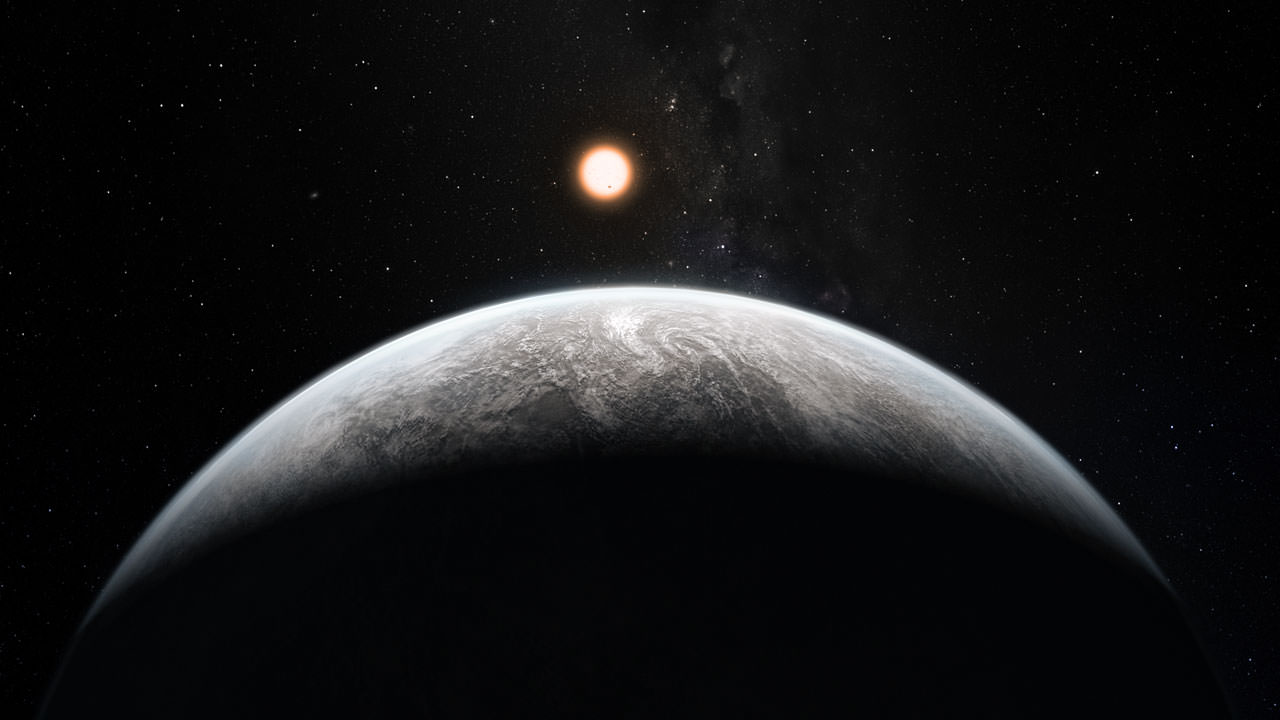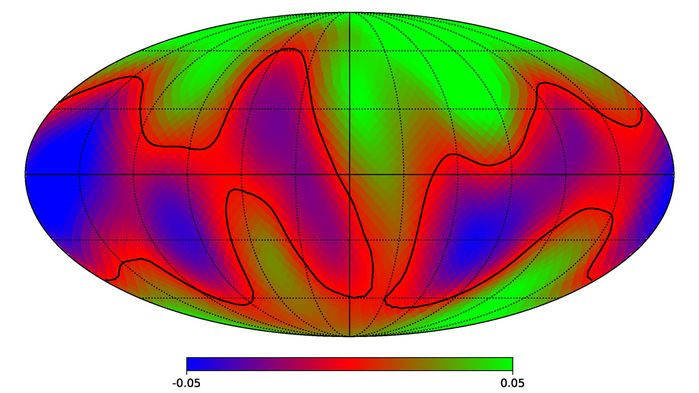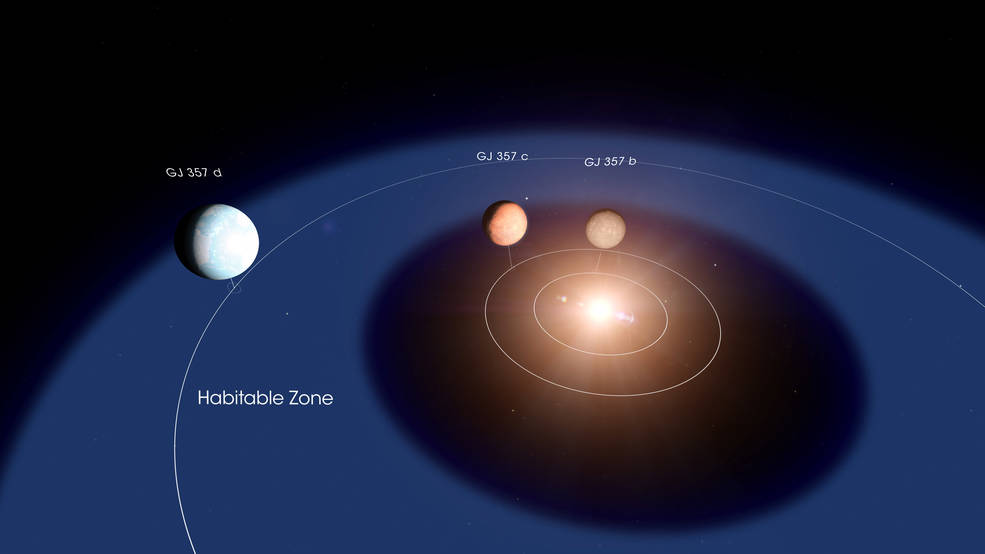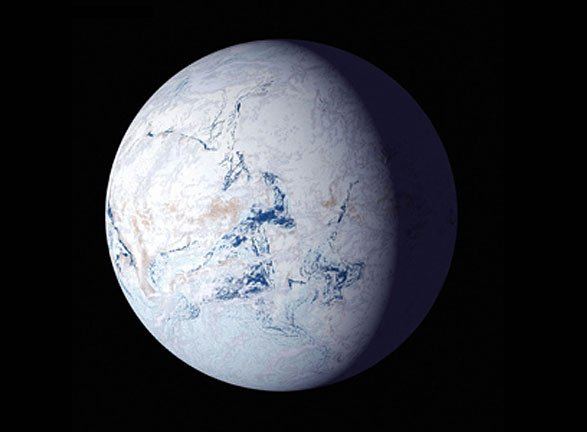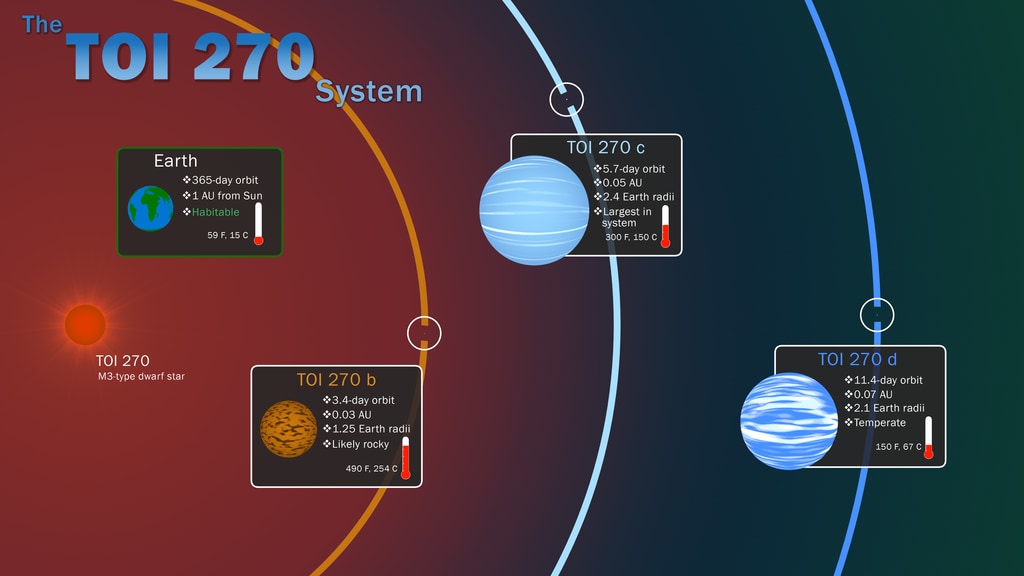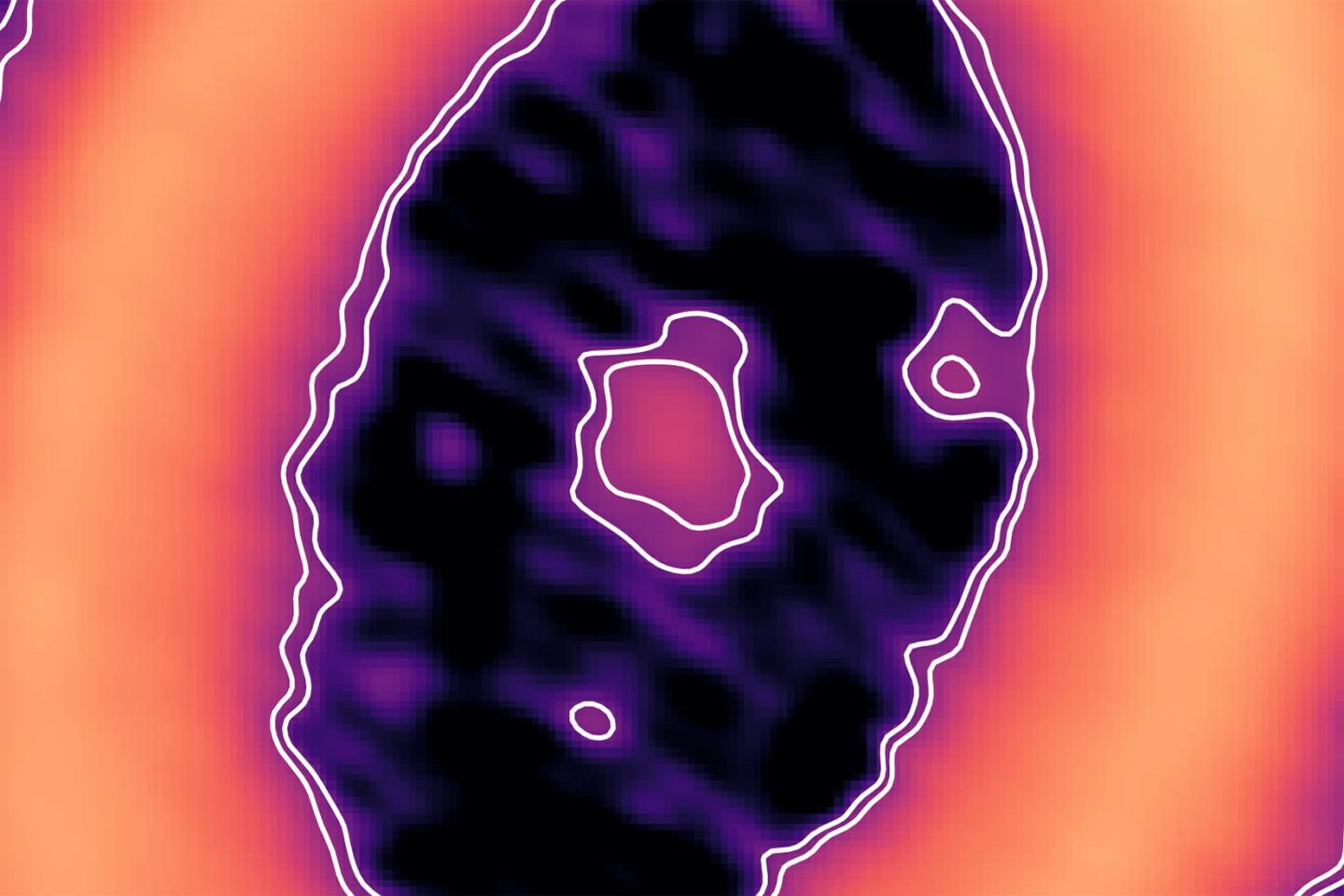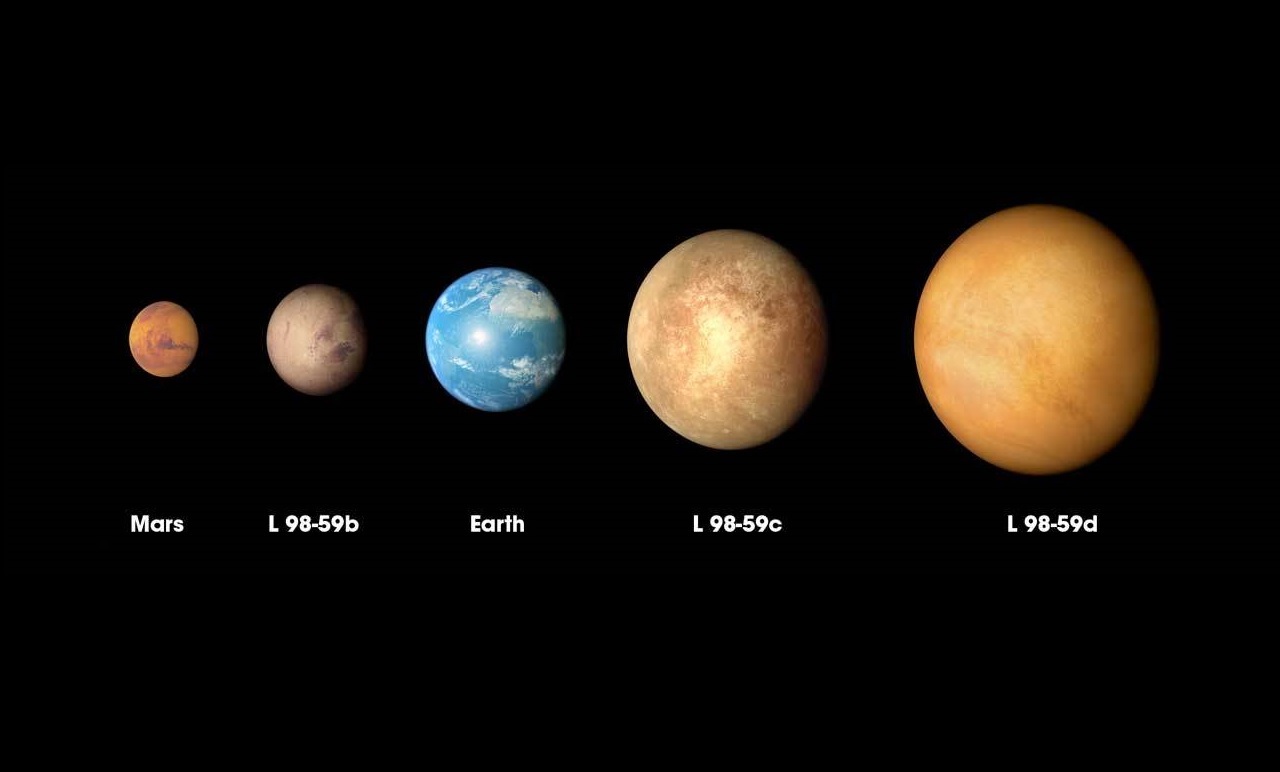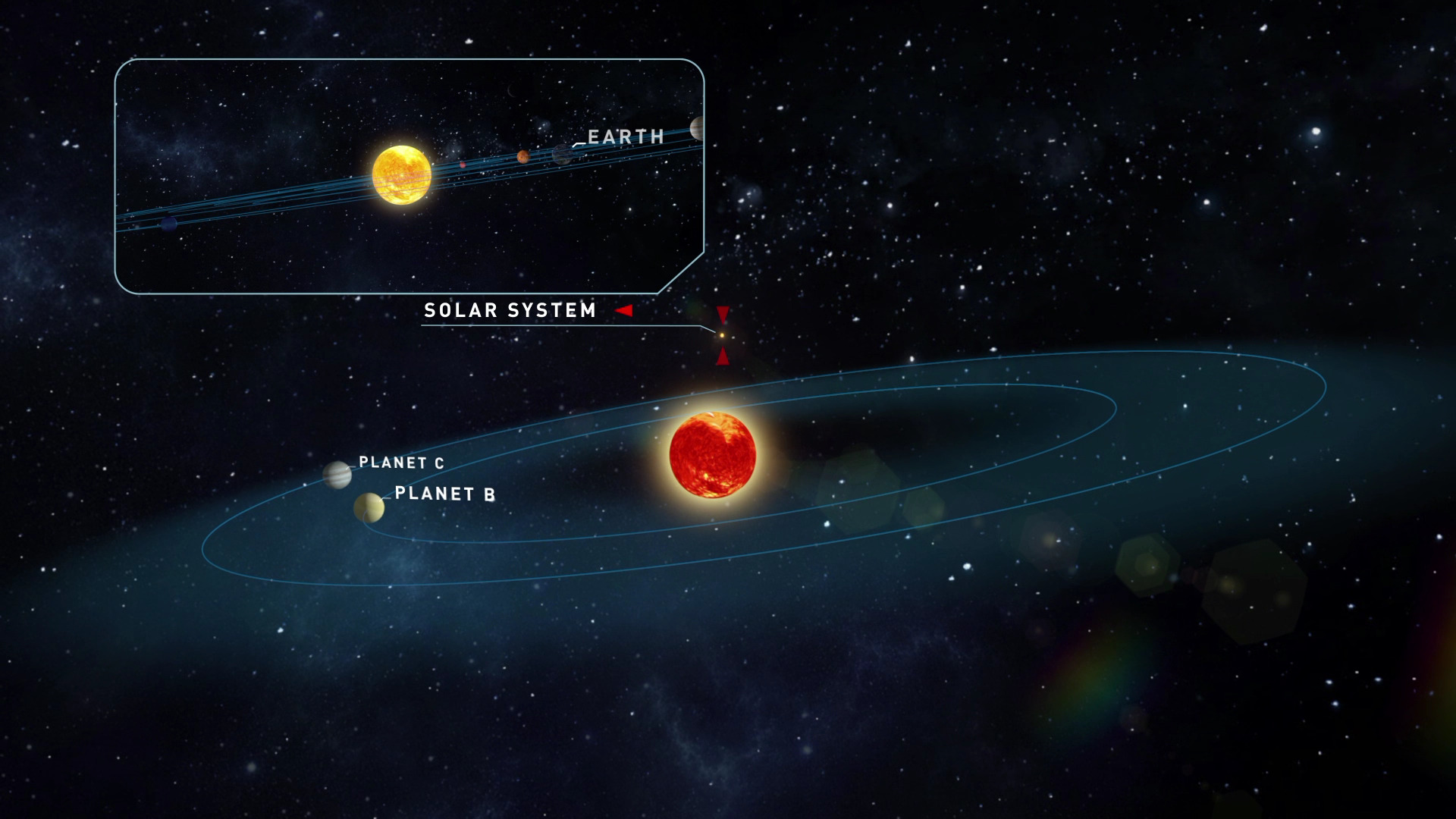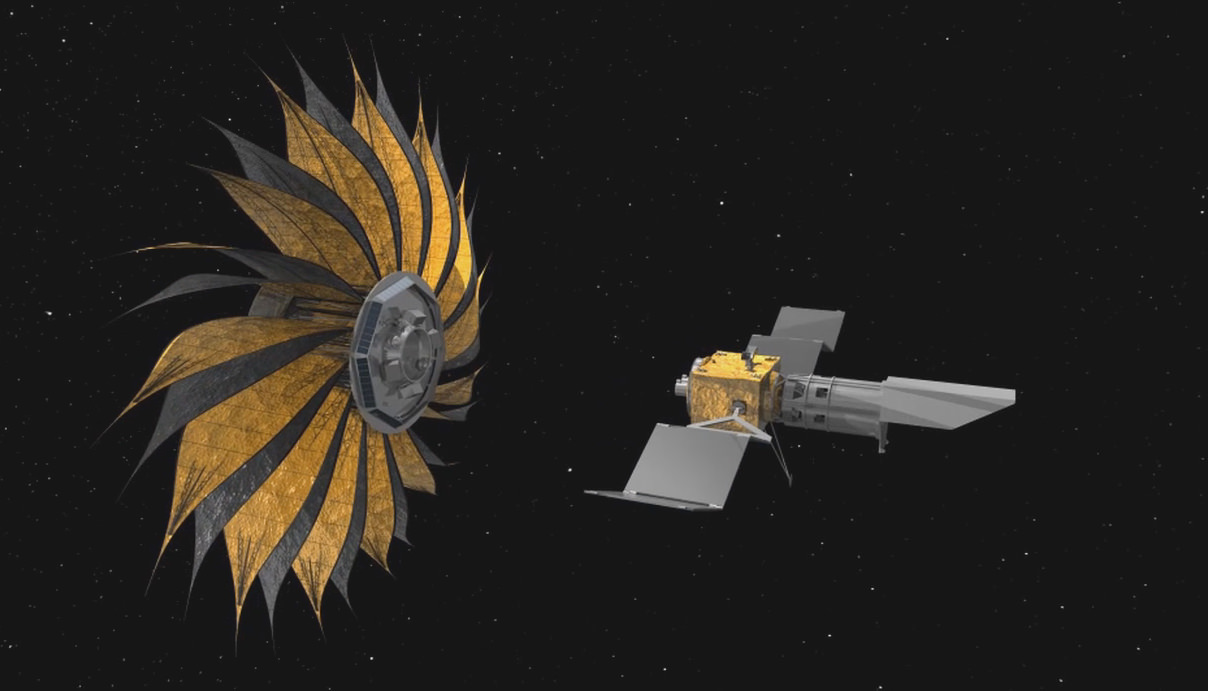When searching for potentially habitable exoplanets, scientists are forced to take the low-hanging fruit approach. Since Earth is the only planet we know of that is capable of supporting life, this search basically comes down to looking for planets that are “Earth-like”. But what if Earth is not the meter stick for habitability that we all tend to think it is?
That was the subject of a keynote lecture that was recently made at the Goldschmidt Geochemistry Congress, which took place from Aug. 18th to 23rd, in Barcelona, Spain. Here, a team of NASA-supported researchers explained how an examination of what goes into defining habitable zones (HZs) shows that some exoplanets may have better conditions for life to thrive than Earth itself has.
Continue reading “There Could be Planets Out There Which are Even More Habitable than Earth”
